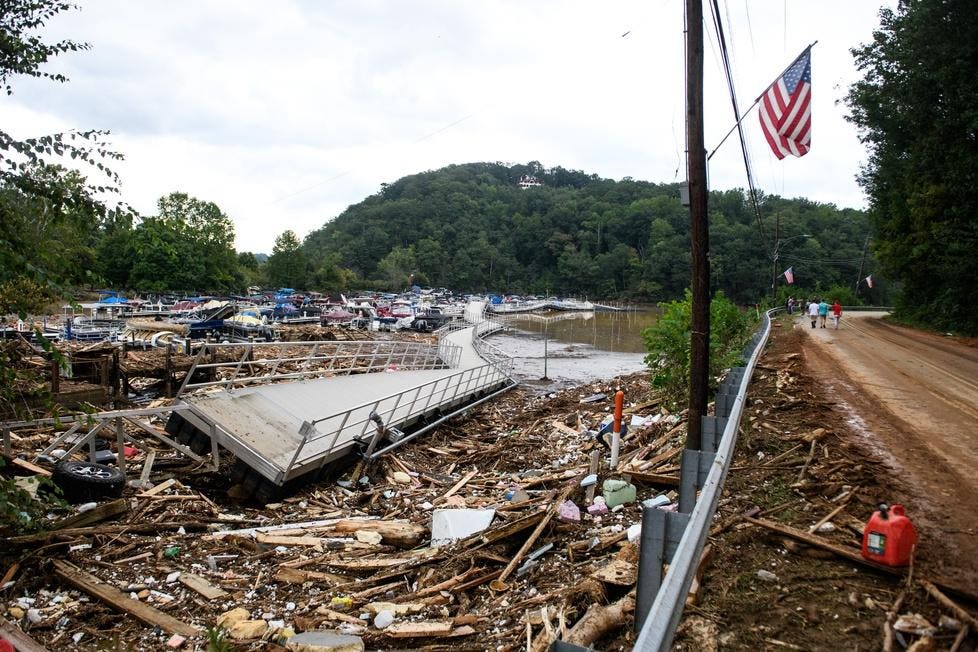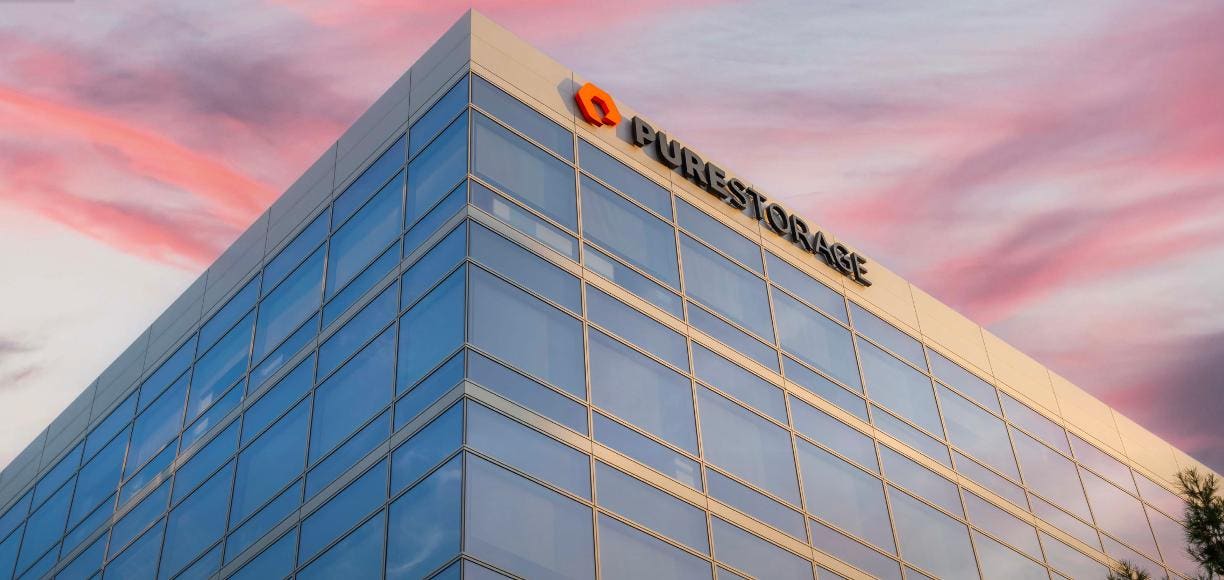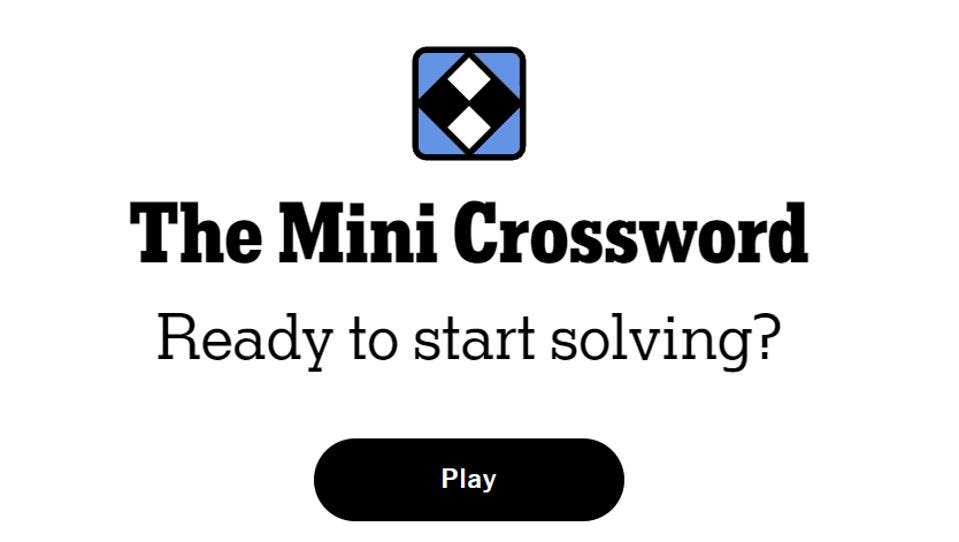Fire and water are seemingly opposing forces. But in the context of global climate, they go together like peanut butter and jelly. And looking at the fire and flood tally so far, 2025 has been extra.
In January, neighborhoods around Los Angeles were overwhelmed by the second and third largest wildfires in state history. New Orleans isn’t new to flooding, but the April disasters were remarkable, and Nashville was overwhelmed with water that same month. Oklahoma City dealt with damaging deluges in May, and Minnesota battled blazes around the city coined “climate-proof Duluth.” And in June, smoke from fires in Canada affected air quality across the northern third of the continental U.S.
Aridification is causing the arid west to move eastward, encroaching on the mid longitude regions of the U.S. and Canada. Aridity, drought and heat combine to make ideal conditions for fire. Increased average air temperature leads to more water in the atmosphere as water vapor. More energy in the form of heat moves storms. The combination of the two–more water and more energy–means more disasters with higher consequences measured in deaths and dollars. The end result is that communities are sandwiched between dry and wet extremes and the economic consequences of fire and flood disasters.
The U.S. sustained 403 weather and climate disasters from 1980–2024 where overall damages and costs reached or exceeded $1 billion each (including the Consumer Price Index adjustment to 2024). When you add them together, the total cost of these 403 events exceeds $2.915 trillion.
Now here’s where things get sticky. We won’t ever know how many of the 2025 disasters should be added to the record.
The cost of change hiding in plain sight
This May, NOAA’s National Centers for Environmental Information announced that the Billion Dollar Weather and Climate Disasters product will be retired, with no updates beyond calendar year 2024.
This is a colossal disaster, pun intended. Let’s start with Helene in 2024. Asheville sits on the French Broad River, a tributary to the Tennessee River that flows to the Ohio and eventually to the Mississippi–a Heartland river. Helene caused an estimated $53B in damage in North Carolina. This is more than a quarter of the total damage of the 27 individual billion dollar disasters in 2024, which was the second highest annual total of event frequency since records began in 1950. Almost all of the 27 events transpired in America’s Heartland, where crops that feed the world are grown, where shipping essential to global trade occurs and where millions of people live and work.
Disasters are not going to slow down or do less harm just because the federal government has decided to stop tallying the bill. All of us, and particularly people who live in our nation’s Heartland, are going to feel the effects. So instead of waiting on Washington, let’s get to work at local, state and regional scales—because there is so much we can do to help each other adapt.
Infrastructure works. And it doesn’t have to come from the top down.
Call it proactive disaster preparedness or climate adaptation; either way, infrastructure can save billions of dollars in disaster response.
The U.S. Army Corps of Engineers estimates that its infrastructure investments in the Tennessee River system prevented hundreds of millions in damages during February 2025 storms and flooding. We still don’t have the final damage total for these events, but I would hazard that if we had more infrastructure that was strategically designed to handle the magnitude and frequency of water-related extremes, we could have prevented even more damage.
There are many kinds of infrastructure:
- Built infrastructure, like dams and seawalls;
- Natural infrastructure including wetlands that absorb precipitation and healthy forests that are managed to limit fuel loads to reduce fire risk;
- Data infrastructure, such as software, algorithms and dashboards that inform the construction and management of built and natural infrastructure; and
- Social infrastructure–people, institutions, and collaboration across agencies, jurisdictions, hierarchies and interests that can deliver actionable portfolios of built, natural and data infrastructure and adaptive capacity.
Nature is demanding creativity, innovation and collaboration. The now-sunset NOAA Billion Dollar Weather and Climate Disasters report states that more than a quarter of billion-dollar-plus disasters occurred in the last five years–115 floods, fires, hurricanes and storms to be exact. But we are nearing the 2010-2019 total in the first five years of this decade.
Taking on this challenge might seem daunting, but it’s where we are. For mayors, business leaders and community influencers, these numbers represent the lives and livelihoods of friends, family and neighbors.
Urban legend has it that the sandwich got its name because way back in 1762, the Earl of Sandwich asked someone to bring him some roast beef slapped between two pieces of bread so he could keep on playing his card game. Necessity is the mother of invention. With extremes that are more frequent and damaging than the past, and a federal budget deficit to close, our generation must face a sobering question about the fire-flood disaster sandwich: Do states pay for disasters one-by-one, or do we muster a proactive, pay-forward approach that better combines built, natural, data and social infrastructure to protect us from the new generation of extremes. When the disaster response price tag over the last half century is approaching 10% of the national debt, necessity should motivate invention of proactive infrastructure that reduces this cost.








